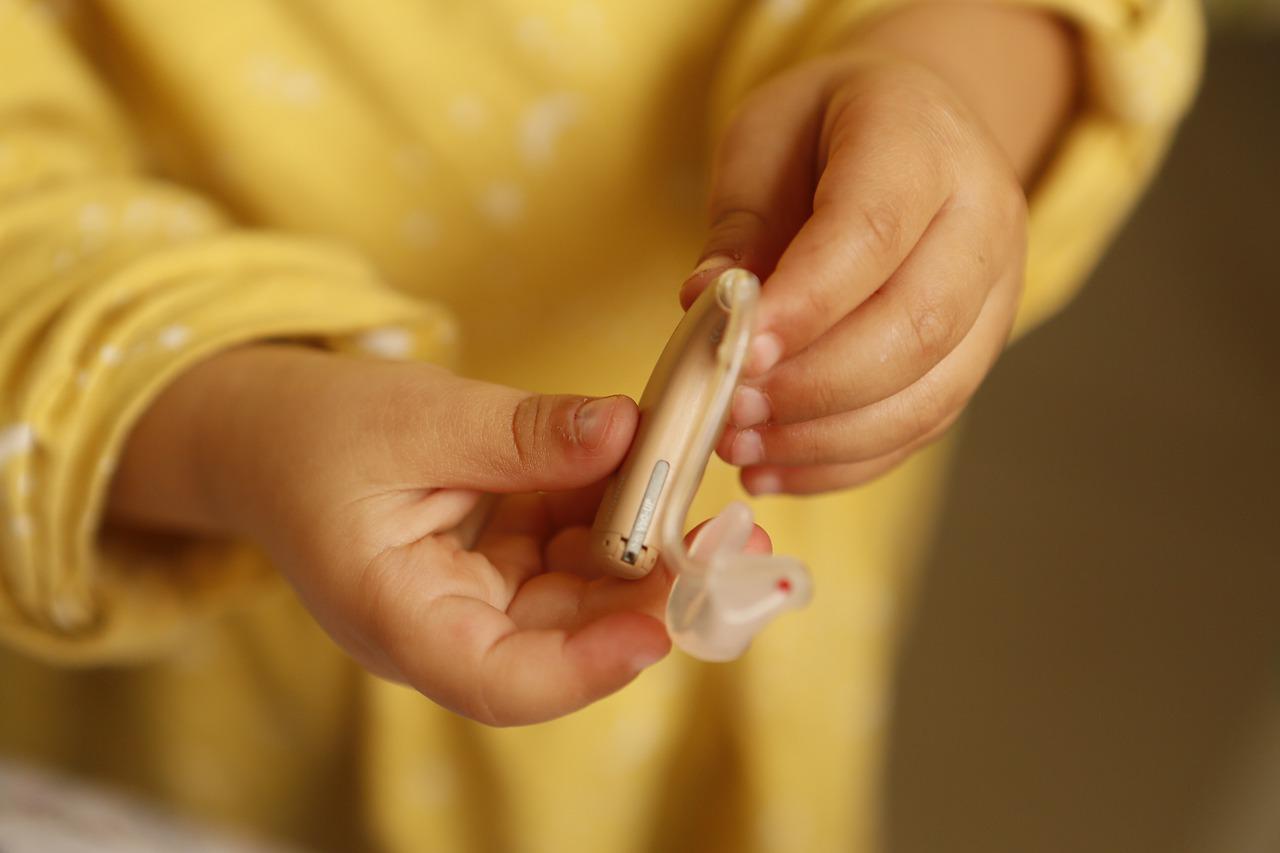Thanks to President Biden’s Executive Order, Sen. Elizabeth Warren’s “Over-the-Counter Hearing Aid Act”, and a recent ruling by the FDA, help is on the way for consumers with hearing loss. The recent FDA action establishes a new category of certain over-the-counter (OTC) air-conduction hearing aids, enabling consumers 18 and over with perceived mild to moderate hearing impairment to purchase hearing aids directly from stores or online retailers without the need for a medical exam, prescription or a fitting adjustment by an audiologist. The August 19th FDA ruling gives manufacturers 240 days to comply with the new standards for OTC sales.
The AARP, an advocacy group for people aged 50 or older, says prescription hearing aids cost an average of $2,300 per ear — with some premium models charging as high as $6,000 per ear. In addition to the devices themselves, the total price tag often includes visits to specialists or audiologists, fitting fees and hearing exams.
According to the FDA, 40 million adults suffer from hearing loss, but only 1 in 5 use hearing aids. Hearing loss can be a source of isolation and can contribute to depression particularly in older people. Cost and accessibility have been major barriers to acquiring hearing aids. Many insurance companies, including Medicare, do not cover them. The uninsured have difficulty accessing doctors and poor urban and rural communities may have few, if any, audiologists. The FDA ruling is expected to drastically reduce prices by increasing competition and access. Currently, just a handful of manufacturers control 90% of the hearing aid market.
Purchasing an over-the-counter hearing aid means you will have to do a bit more homework to match your needs to the proper device.
Manufacturers periodically release a new product range. A product range may be referred to as a chipset, a platform or a family by differing people within the profession. Each new product range will have four levels of technology. Those are basic, standard, advanced and premium. Generally, within each technology level, there will be every hearing aid type that they produce including behind-the-ear and several in-the-ear-canal forms.
The website https://www.hearingaidknow.com/ offers some insight into the functionality of these range levels.
Even if hearing aid prices come down in the next few months, this is still a major investment, so make sure to purchase one that comes with a risk-free trial of at least 30 days, as well as a manufacturer’s warranty. You may even want to wait a few months before your purchase to observe the new developments in the industry as a result of this big change. Good luck and good listening!

